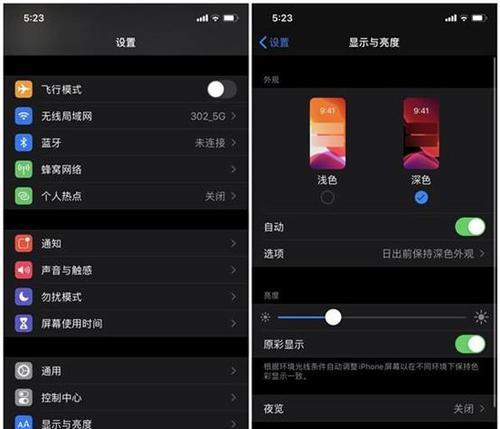
php editor Youzi brought an introduction to the method of setting the scheduled shutdown of 360 mobile phones. Many people are confused about how to set the scheduled shutdown function on 360 mobile phones. In fact, it can be easily achieved with just a few simple steps. By setting the scheduled shutdown function, users can effectively plan their mobile phone usage time and avoid the adverse effects caused by excessive use of mobile phones. Next, let us learn more about how to set the scheduled shutdown of 360 mobile phones!

So, I will share a method with you. For those who don’t know it yet, I will teach you how to set it up. Today, some friends are thinking about it and I suggest you give it a like. Collect and follow it for convenience when needed in the future. It is simple and practical. You can set your phone to automatically shut down and check it at any time!
We first open the settings on the phone, and then select the system

After opening, select power saving and battery
It will automatically shut down , we can set our mobile phone to be in 1 hour. When we click this switch, we can see that there is a sleep duration switch here and enter the power saving and battery page.
Of course, then set the sleep duration to 1 month, then we need to select the sleep duration. After setting this, the phone will not automatically shut down after 1 hour. If you want the sleep duration to be Up to 1 hour!

Then we return to the previous level and open the power saving and battery settings page on the phone
After we turn on this switch, here, We can set our mobile phone to automatically shut down after 1 hour. We can see a switch for the sleep duration. It will not shut down automatically, and it also saves power. After setting it up like this, we are in 1 hour!
You can also turn off the phone, then we only need to turn on the sleep duration switch. If you want the phone to wait for 1 hour!
The above is the detailed content of Where to set the 360 scheduled shutdown function (how to set the scheduled shutdown on mobile phones). For more information, please follow other related articles on the PHP Chinese website!




